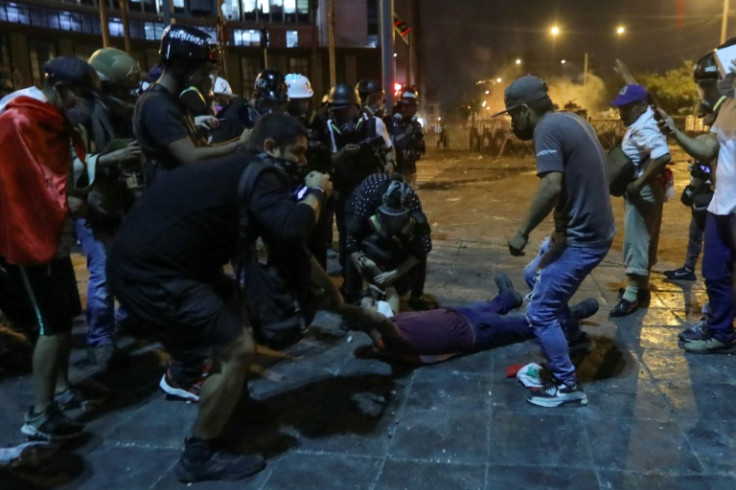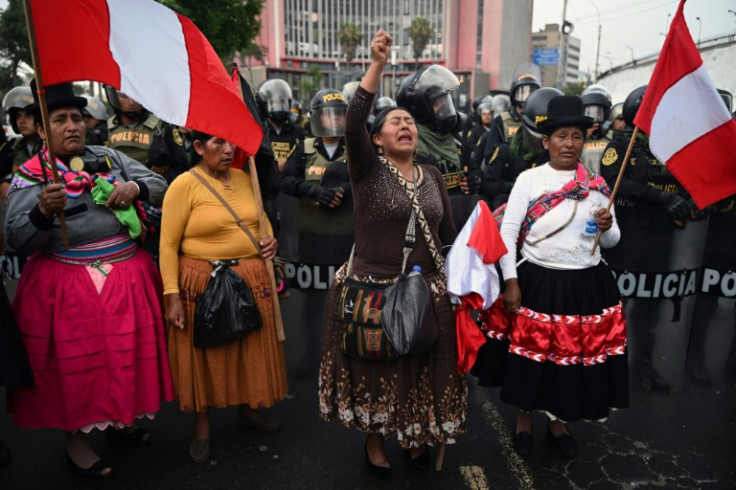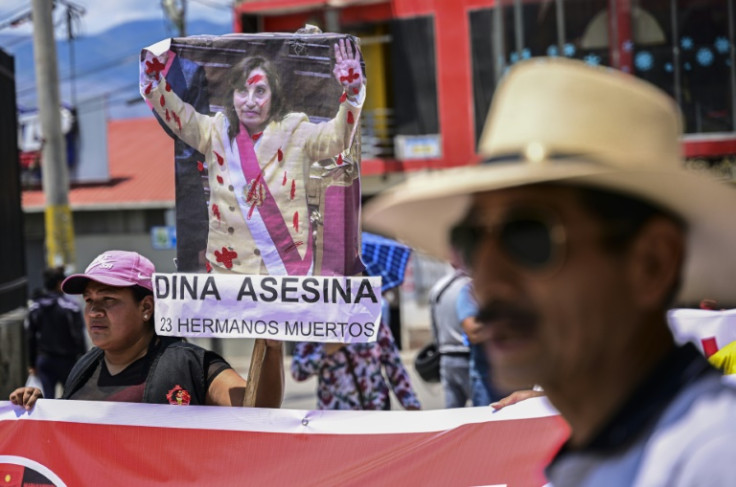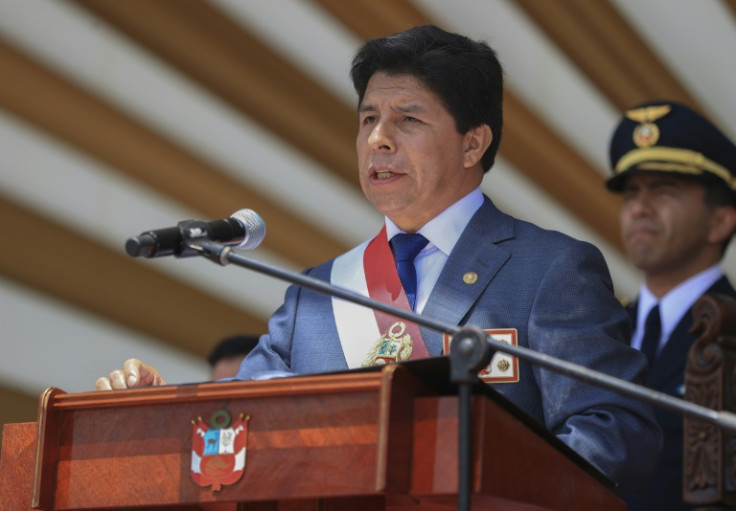Peru: Timeline Of Unrest Since 'First Poor President' Ousted

Deadly protests have gripped Peru since Congress threw out the country's first working-class president, Pedro Castillo, in December after he tried to dissolve parliament and rule by decree.
Here is a timeline of the latest upheaval in a country hit by repeated political crises over the past two decades.
The surprise winner of the July 2021 presidential election, Castillo comes under immediate attack from the right and scrutiny from prosecutors the moment he takes office.
On December 7 he attempts to dissolve Congress before it can debate a third impeachment motion against him and says he will form an emergency government and rule by decree.
Lawmakers vote overwhelmingly to remove him from office for "moral incapacity" to exercise power.
He is arrested for "rebellion".
Vice President Dina Boluarte becomes Peru's first woman president.
She says she intends to serve out the rest of Castillo's term, until July 2026.
The United States pledges to work with Boluarte.
Pro-Castillo protests spread, with demonstrators blocking roads and burning tyres across the country.
Boluarte unveils a new cabinet, led by former prosecutor Pedro Angulo.
Two people are killed in Andahuaylas in the south.
Hundreds of protesters temporarily block the airport runway in Peru's second-biggest city, Arequipa.
On December 14 Peru announces a 30-day nationwide state of emergency.
Castillo's pre-trial detention is prolonged for 18 months.
The pro-Castillo protests spread to the town of Cusco, the gateway to Peru's top tourist attraction, the Inca citadel of Machu Picchu, with rail services, road and air links closed.
As the death toll rises, Congress votes to bring forward the general election from 2026 to April 2024.
Eighteen people are killed in clashes with security forces triggered when demonstrators try to storm an airport in the southeastern city of Juliaca.
The prosecutor's office says it will investigate Boluarte for genocide over the protests.
The next day Peru's government declares a state of emergency in Lima and three other regions.
Clashes with police punctuate a march by thousands through the capital for a large anti-government rally.
Peru closes Machu Picchu on January 21.
On the 24th, Lima sees its most violent clashes since the start of the crisis.
The government says police and soldiers will dismantle roadblocks erected by protesters on the nation's highways.
Congress rejects a request by Boluarte to advance elections to December 2023.
The first protester fatality in Lima brings the death toll to 48.
`



© Copyright AFP {{Year}}. All rights reserved.




















